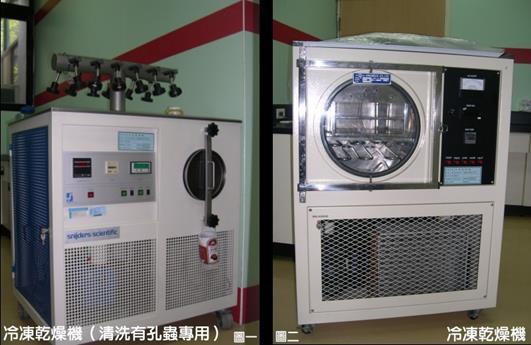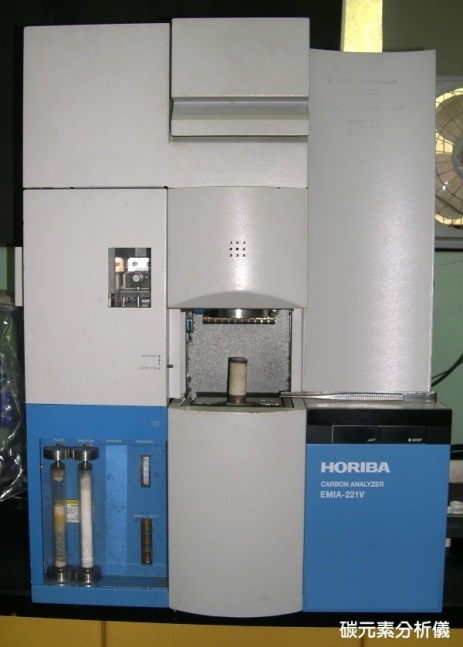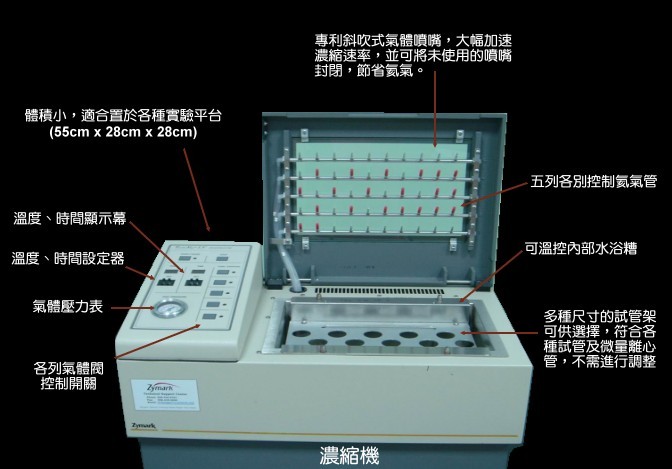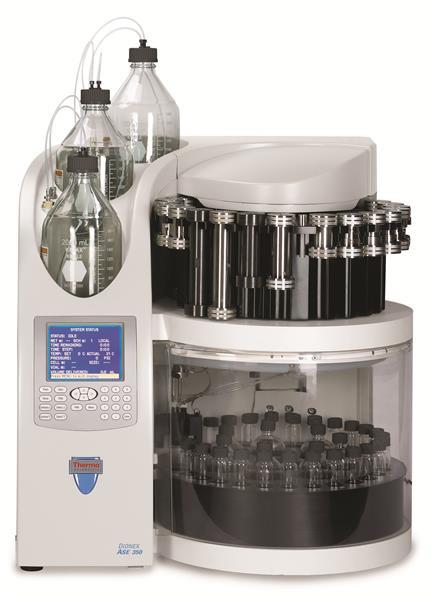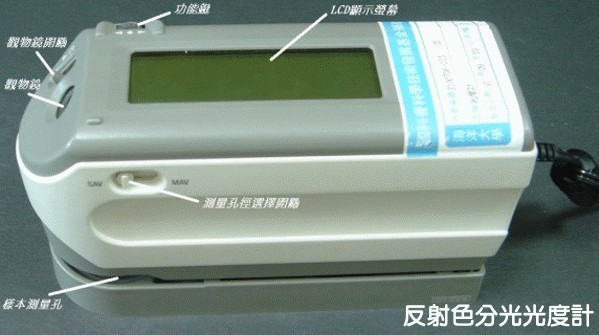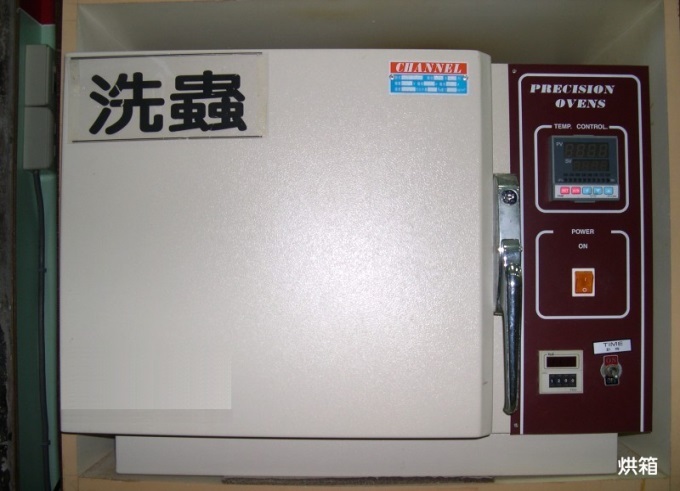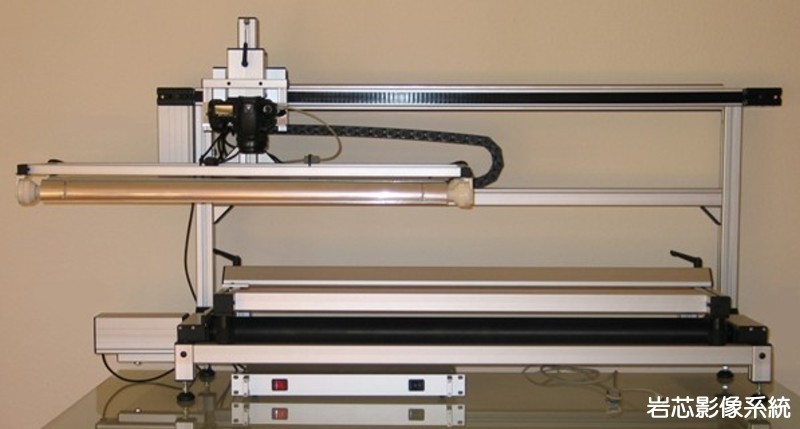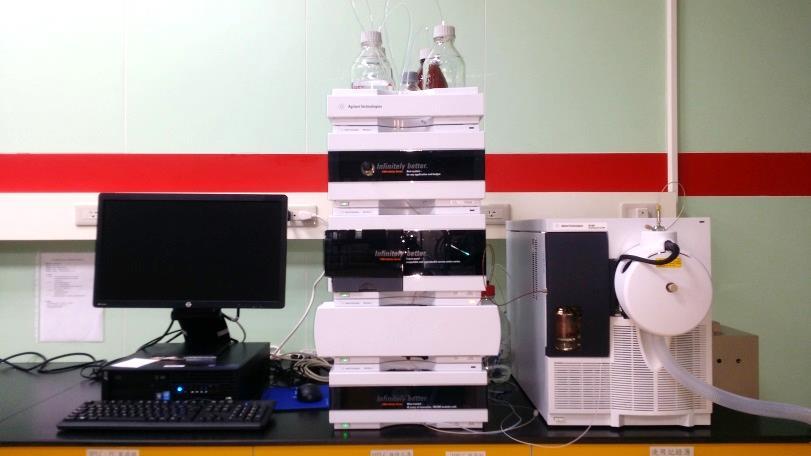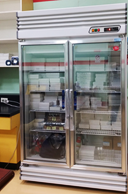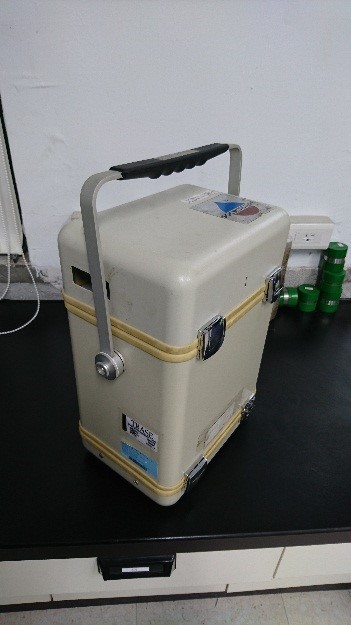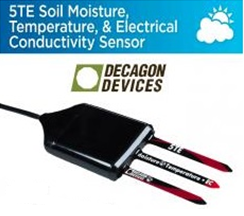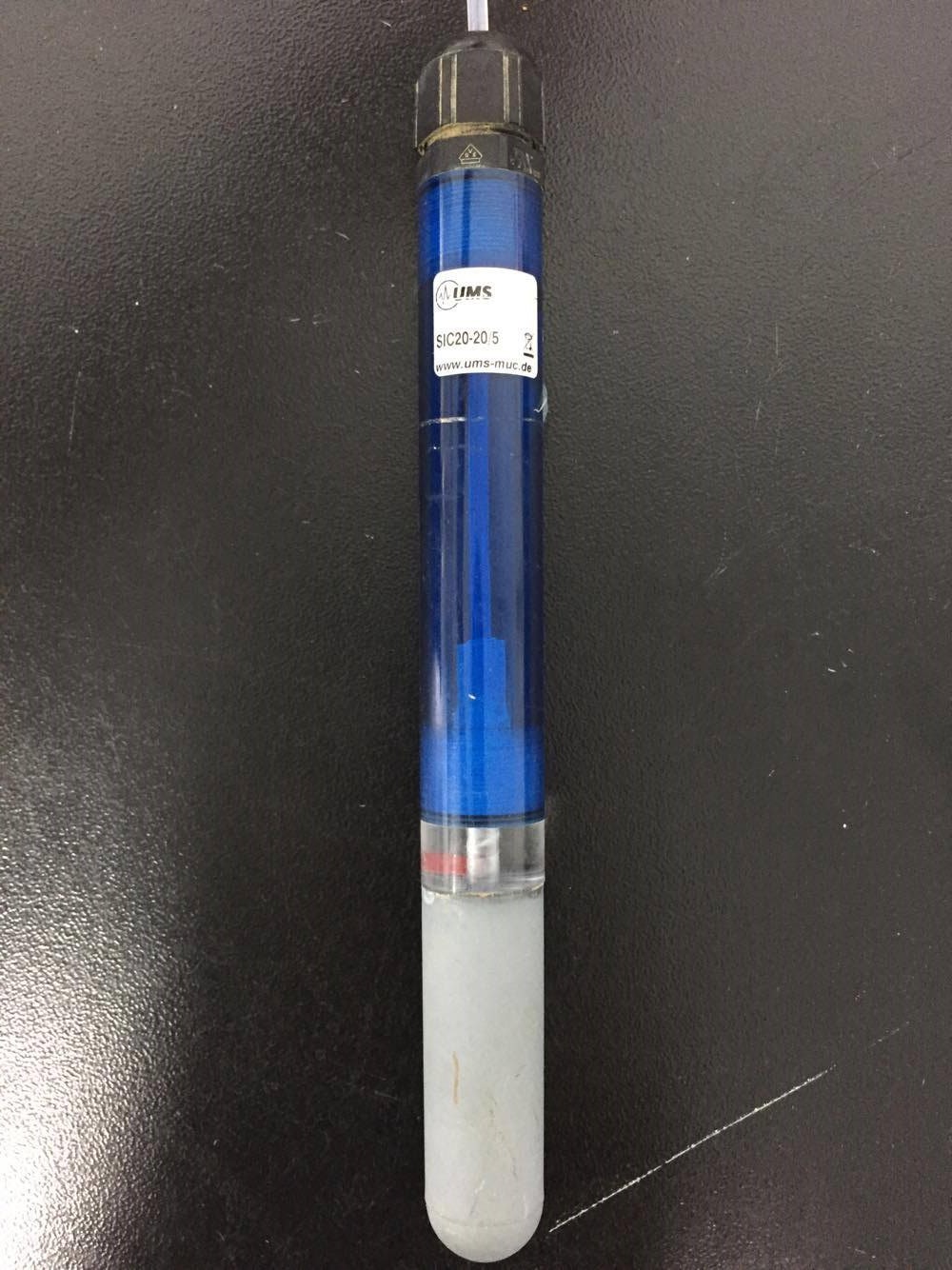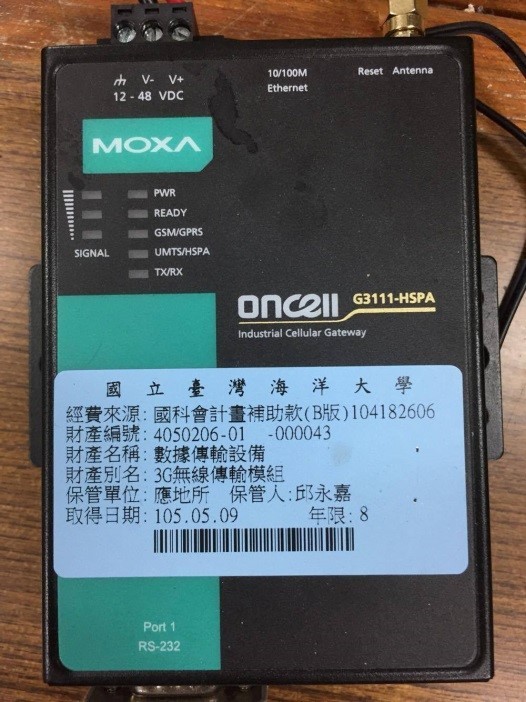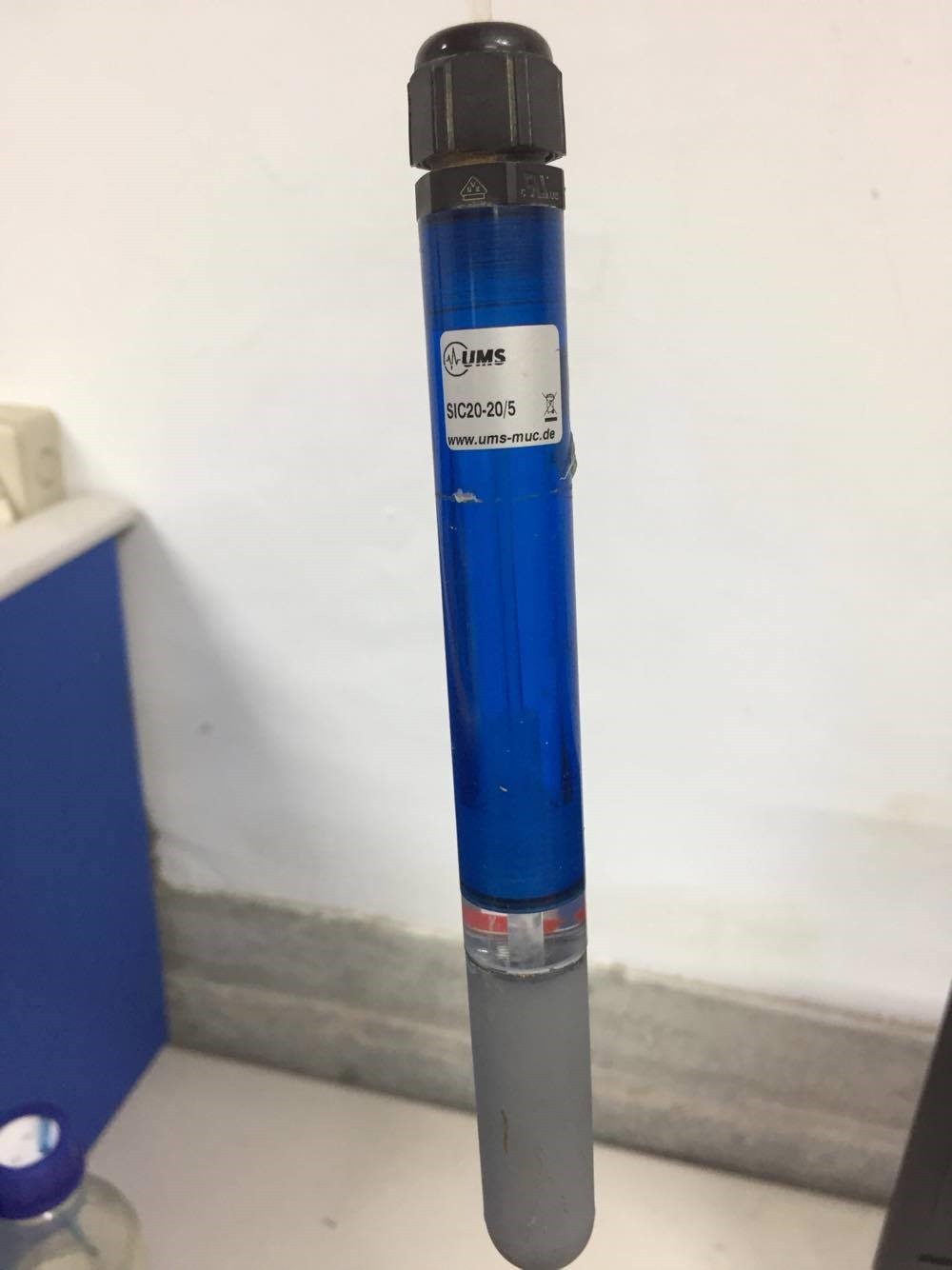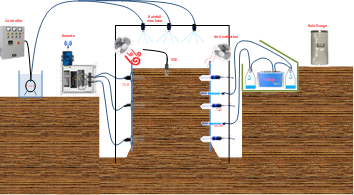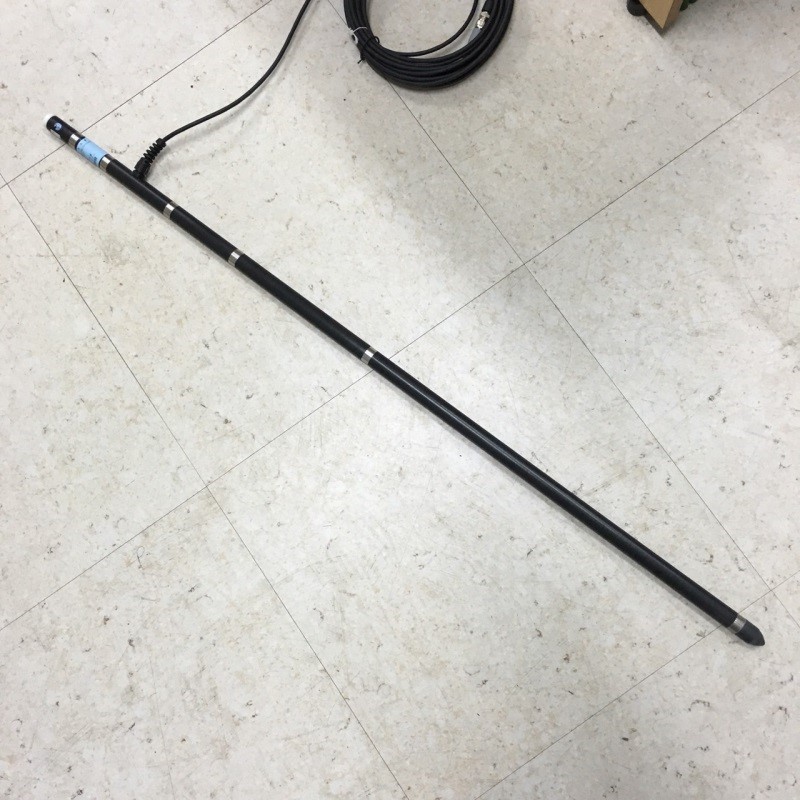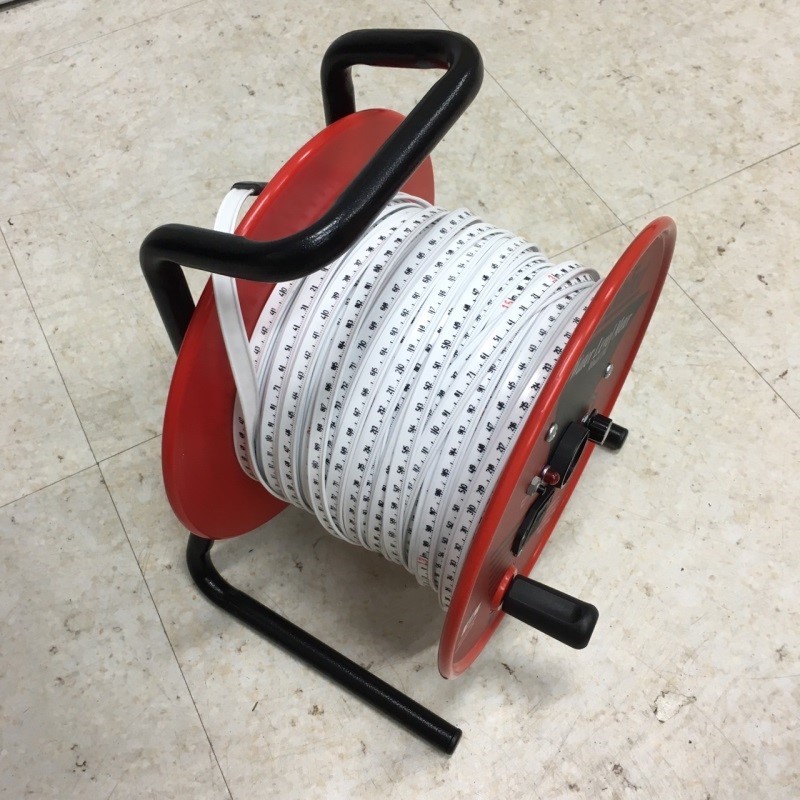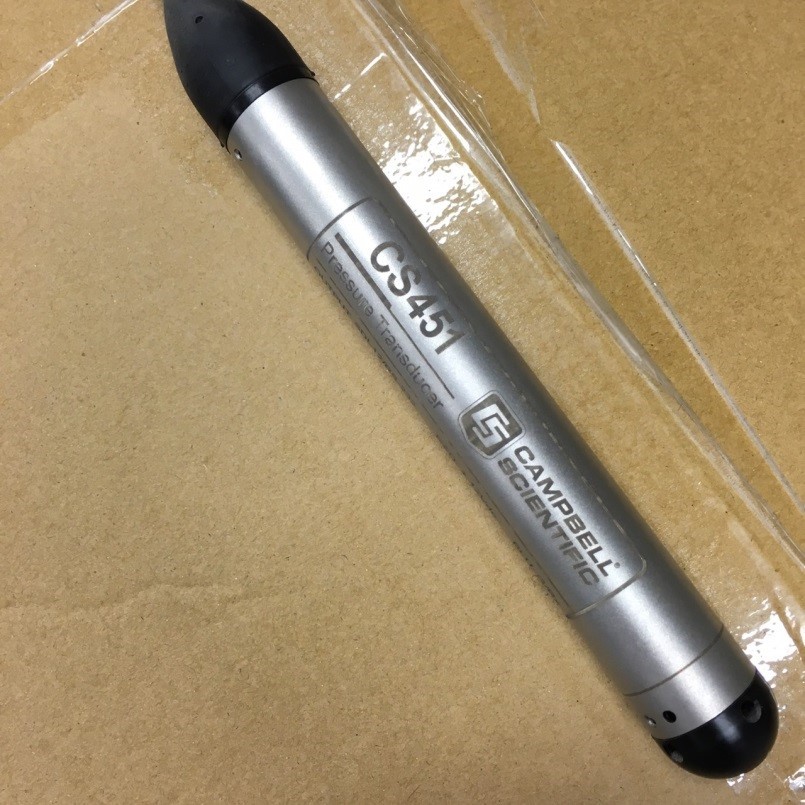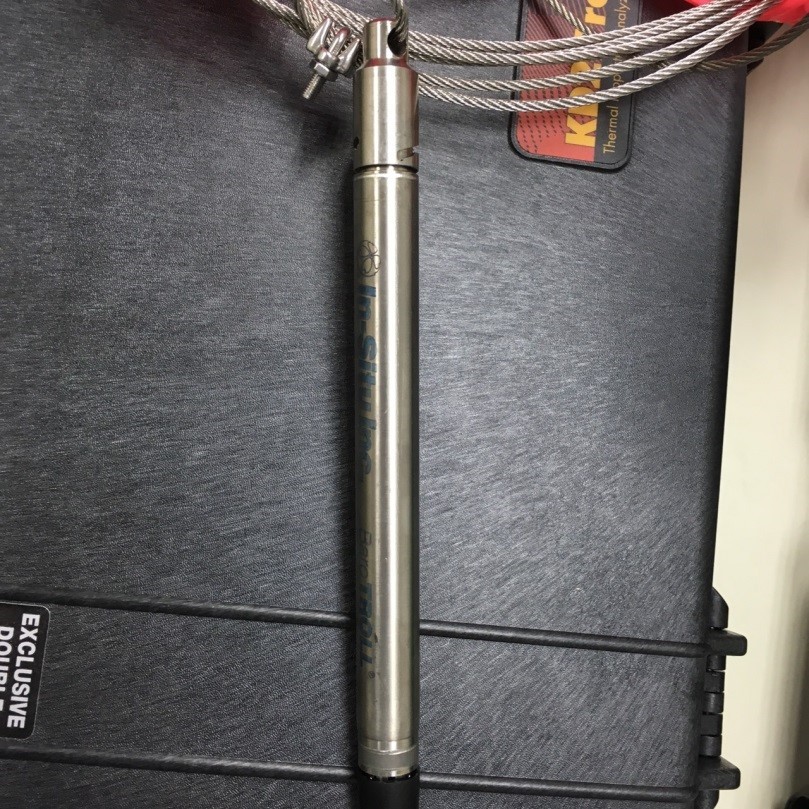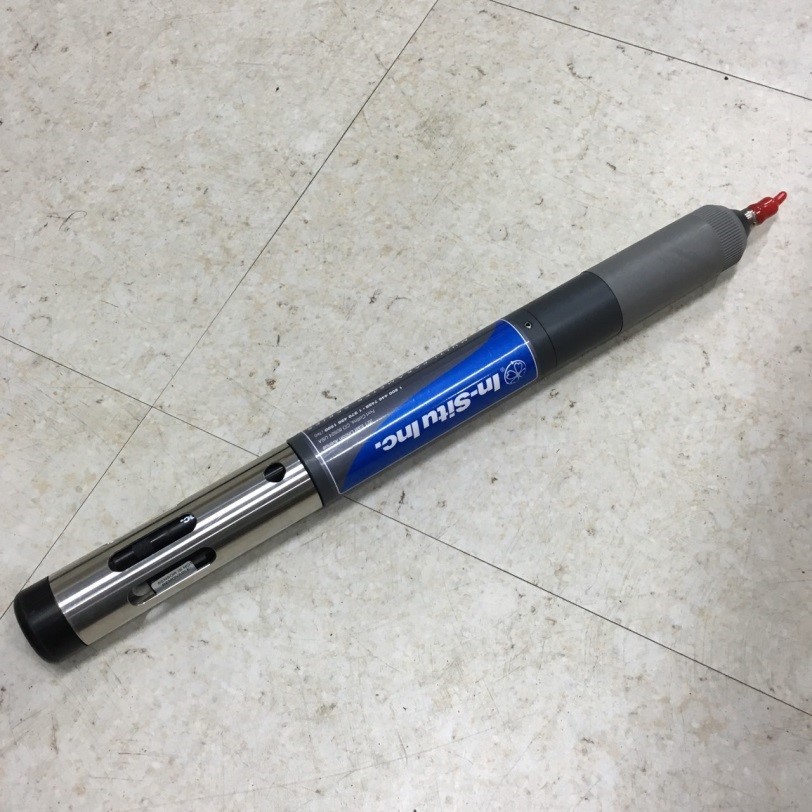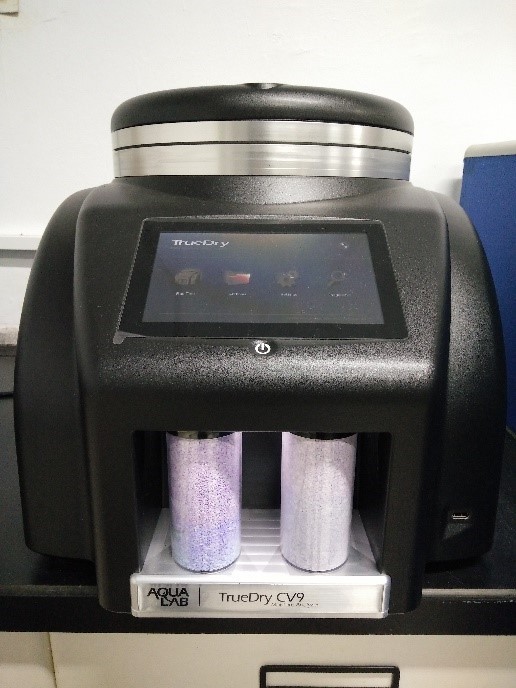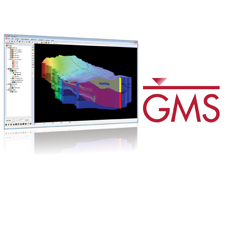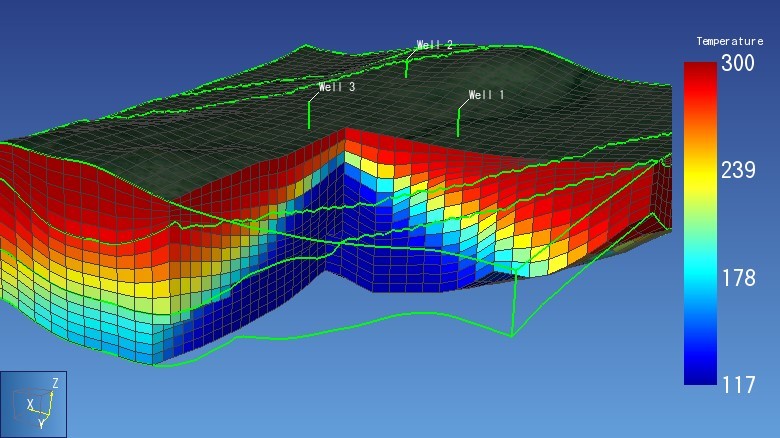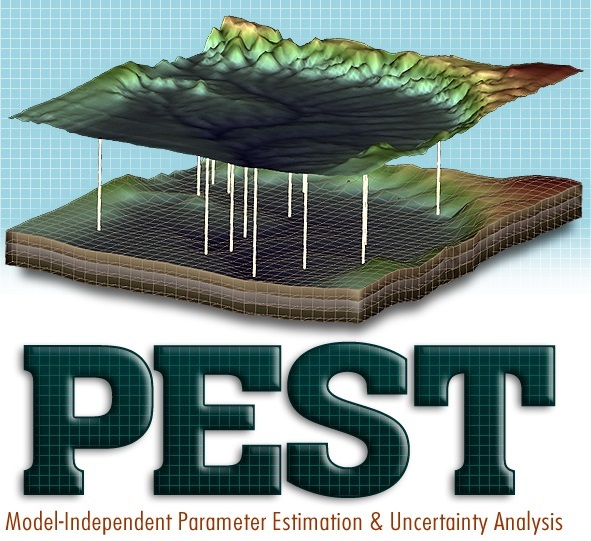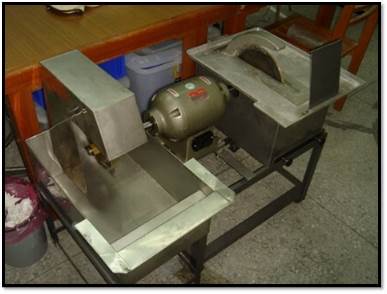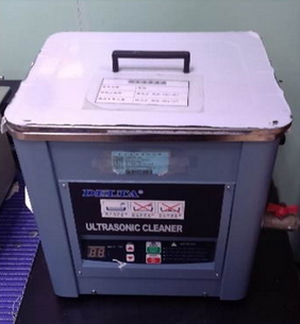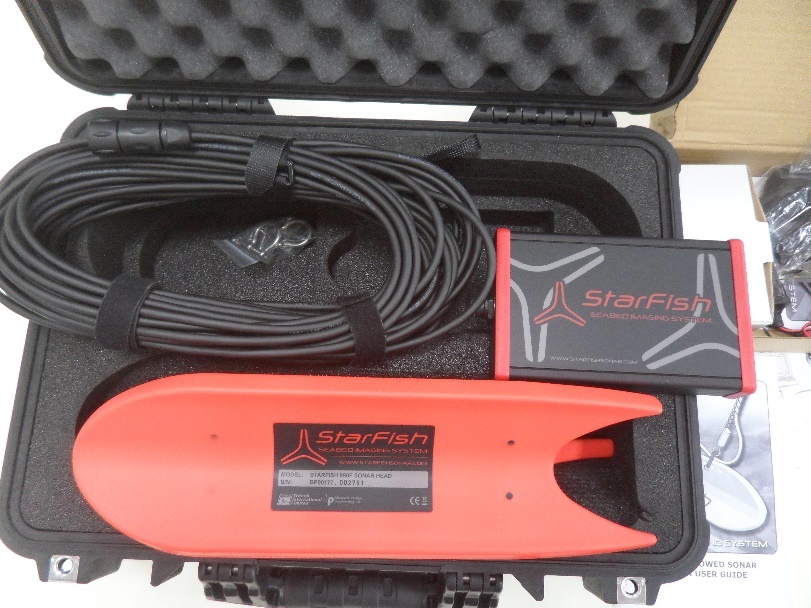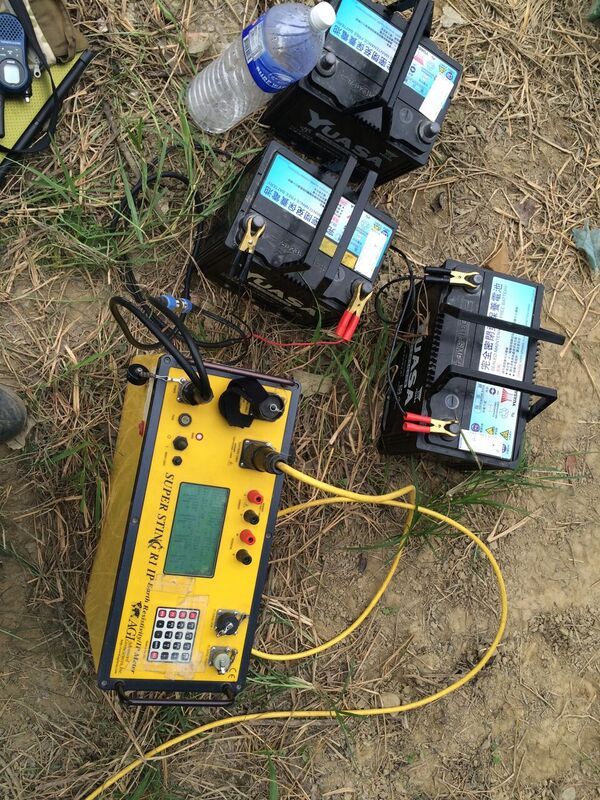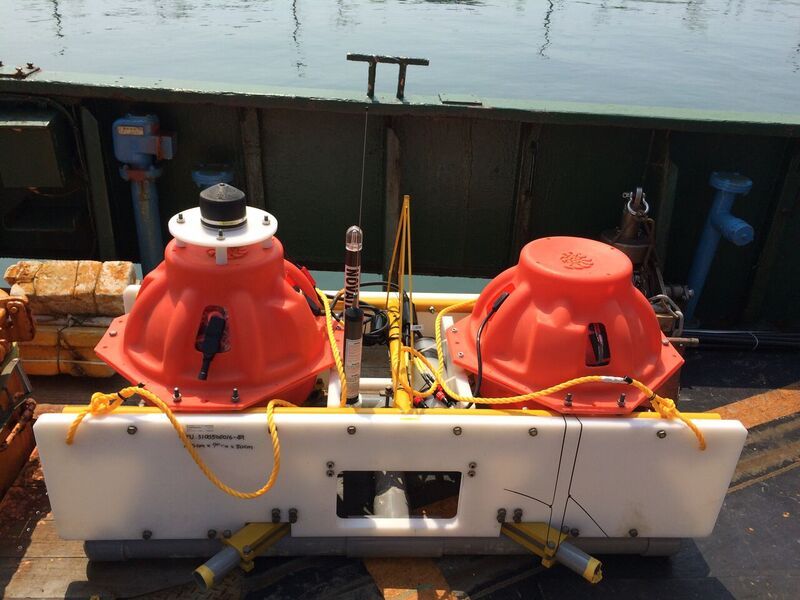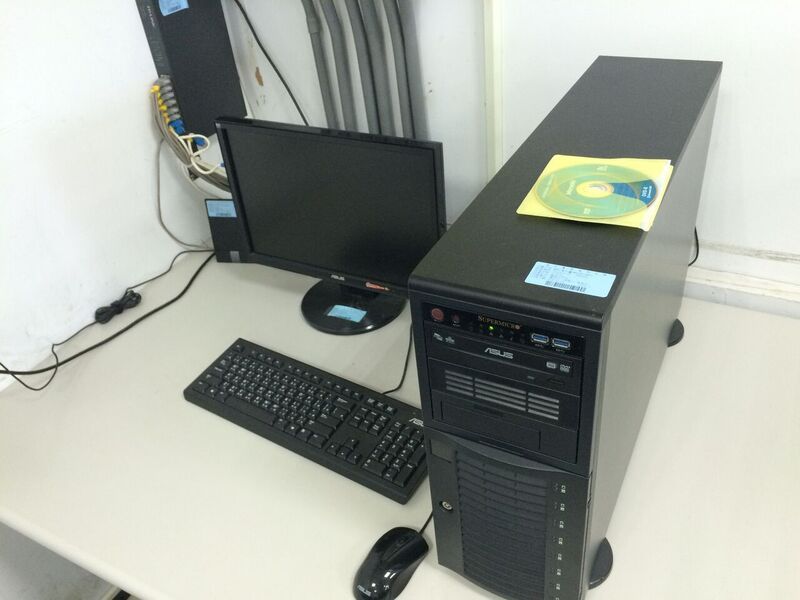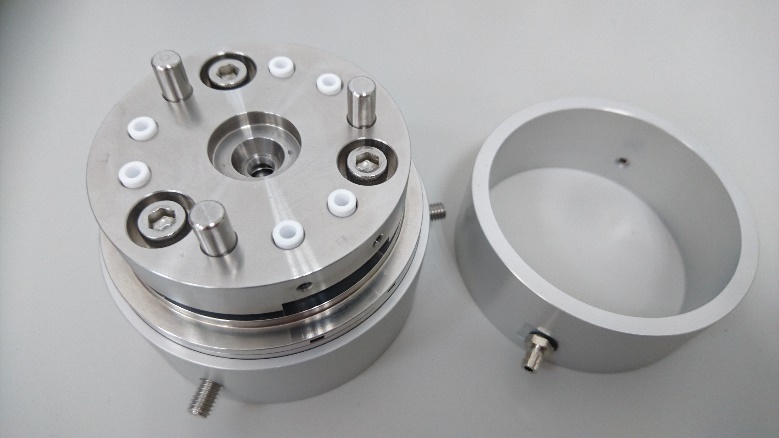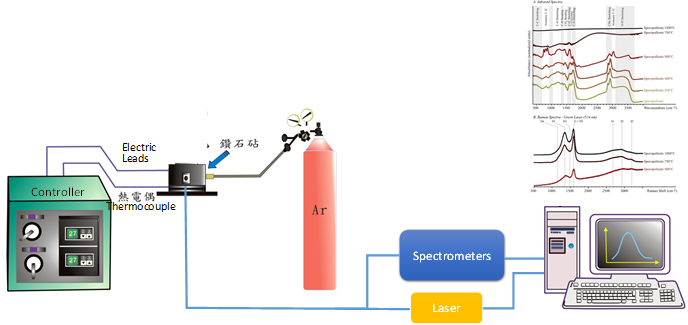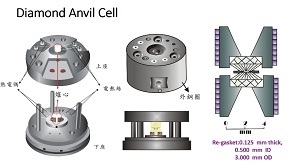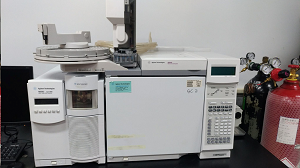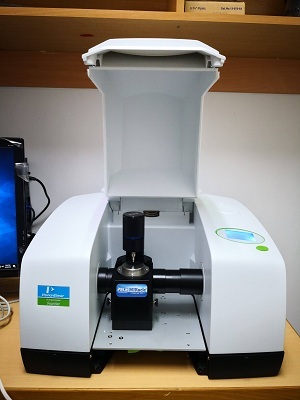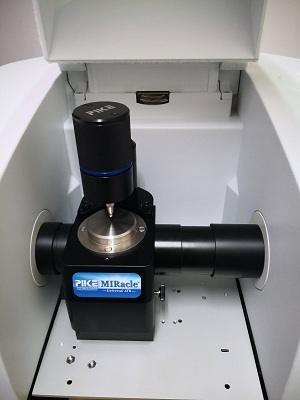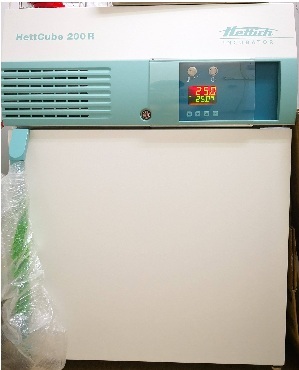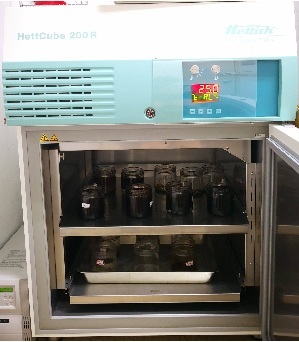Equipments
Earth Environment and Climate Variability Lab (Prof. Min-Te Chen)
Mineral & Geochemistry Lab(Prof. Hui-Fen Chen)
Marine Seismic Lab (Prof. Tan-Kin Wang)
Hydrogeology and Groundwater Lab (Associate Prof. Yung-Chia Chiu)
Geophysics Lab (Assistant Prof. Chih-Wen Chiang)
Petroleum System Lab (Assistant Prof. Ying-Ju Chang)
Earth Environment and Climate Variability Lab (Prof. Min-Te Chen) |
|
|
|
Freeze Drying Systems For planktonic foraminifer use (Fig 1) For sediment use (Fig 2) Introduction: Using low temperature and Vacuum Pump to remove water in the sediment and let sediment dry for physical and chemical analysis.
|
|
|
Carbon Analyzer (HORIBA-EMIA-221V) Introduction: The carbon analyzer measures carbon of sediment during combustion in a programmable high frequency furnace without conversion. Using high temperature and oxygen to burn sediment powder and make CO2. Then using infrared rays sensor to determine carbon content of sediment. |
|
|
Concentration Evaporator (Zymark TurboVap LV) Introduction: Concentration Evaporator uses a water bath and gas flow to create even temperatures over a set period, then the timer alerts users when the samples are ready. Concentration Evaporator is flexible with the test tube sizes and use gas vortexing as an alternative to rotary, vacuum style or nitrogen blow evaporators. The unique gas vortexing of this evaporator yields double the sample throughput, with an easy to set up operation and no need for constant monitoring. |
|
|
Accelerated Solvent Extractor Operator (Dionex ASE 350) Introduction: ASE is an automated system for extracting organic compounds from a variety of solid and semisolid samples. ASE uses a combination of elevated temperature and pressure with common solvents to increase the efficiency of the extraction process. |
|
|
Gas Chromatograph (Aglient/HP 6890N) Introduction: The organic lipid from sediment after extracted by ASE was introduced to capillary column with carrier gas (He, H2 or N2). The components separate base on differential interaction with the column material. The gas chromatograph can be configured with several options of inlets, columns, detector and recorder. |
|
|
CM-2600d Spectrophotometer Introduction: The CM-2600d Spectrophotometer is a handheld, portable measurement instrument, which designed to evaluate color parameter (L*, a*, b*. C, h∘) and visible spectral reflectance (360-740nm) of material in a variety of field. In marine core laboratory, we usually apply this instrument on flat surfaces of wet marine core or freeze-dried, grinding sediment samples. |
|
|
Oven (CHANNEL/DV302) Introduction: The oven use constant temperature and hot air circulation system to let material dry. One is use for taking planktonic foraminifer, other is use for carbon analysis of sediment. |
|
|
core scan system (SmartCIS 1600 SE) Introduction: core scan system use to take a photo of core surface. |
|
|
High Performance Liquid Chromatograph Introduction: The organic lipid from sediment after extracted by ASE was introduced to column. The components separate base on differential interaction with the column material. The using Mass Spectrometer to do quantitative and qualitative analysis. The High Performance Liquid Chromatograph can be configured with several options of pump, inlet, columns, MS detector and recorder. |
|
|
refrigerator (TA-420) Introduction: Refrigerator was used to keep sediment and sample that wanted to process |
Hydrogeology and Groundwater Lab (Associate Prof. Yung-Chia Chiu) |
|
|
|
Time Domain Reflectometry 100 Model : Campbell Scientific TDR100 Instruments for measuring soil water content and conductivity. Using the signal generator to generate an electromagnetic wave. When the measured medium is discontinuous, it will produces a reflection signal, and then TDR100 can estimate the volumetric soil water content and the total soil conductivity. |
|
|
Time Domain Reflectometry 6050X1 Model:TDR 6050X1 The principle of TDR 6050X1 is the same as that of TDR 100. The accuracy of water content is up to ±2%. |
|
|
Soil water content, EC and temperature sensor Model:Decagon 5TE Using an electromagnetic field to measure the dielectric permittivity of the surrounding medium. The sensor supplies a 70 MHz oscillating wave to the sensor prongs that charges according to the dielectric of the material. Microprocessor measures the charge and outputs a value of dielectric permittivity from the sensor. Take temperature readings by a surface-mounted thermistor. Measure EC by applying an alternating electrical current to two electrodes and measuring the resistance between them. |
|
|
Pressure Transducer Tensiometer Model:UMS T4e Measure the tension of soil pores. It's composed of ceramic probe, acrylic tube and sensor. The piezometer tube and the soil are balanced by the porous probe at the front of the tensiometer. The induced pressure is recorded via an electronic sensor and converted to voltage for storage in the recorder.
|
|
|
3G wireless transmission module Model:3G module Through wireless transmission, remote control the local data to return to the laboratory. Mainly connected to the data recorder CR1000, providing real-time remote monitoring. |
|
|
Pore water sampler (suction cup) Model:UMS SIC20 Sampling equipment for soil pore water. Collect pore water by the pressure difference between sampling tube and soil while the pumping motor (VS-twin) is exhausting. |
|
|
Pumping motor control system Model:VS-twin The pumping motor can be used with SIC20 to collect soil pore water. |
|
|
Composite Soil Monitoring System (Patent number:M529166) Soil infiltration rate can be obtained without disrupting soil structure. In the meantime, long-term monitoring of hydrological and water parameters are also continued, and we can analyze water quality. All parameters we need can be collect in a test. |
 |
KD2 PRO Thermal Properties Analyzer Model:DECAGON DEVICES The KD2 Pro is a handheld device used to measure thermal properties by the formula built in KD2 PRO and the dissipation when temperature changes in a unit of time. The instrument has heating element and thermosensor, and is equipped with KS-1, TR-1 and SH-1 and other three probes, respectively, which can be used to measure the soil, liquid and rock thermal conductivity. |
|
|
Geothermometer Model : TH3-S Measure the temperature of soil profile at different depth. Six temperature probes are 5, 10, 20, 30, 50 and 100 cm. |
|
|
Water level meter Model : Solinst water level troll 101 The distance between the water surface in the well and the ground surface is measured. The front end of the instrument equipped with a probe sounds when it touches water to obtain the depth of water table |
|
|
Submersible Pressure Transducer Model : CS451 Measure water table by the pressure sensor converting the water pressure after recording the voltage and is used with the data logger. |
|
|
Submersible Pressure Transducer Model : Troll 400 Measure water table by the pressure sensor converting the water pressure after recording the voltage with data logger and battery built in TROLL 400. |
|
|
Multiparameter Instrument Model : Troll 9500 It measures the groundwater level and various water quality data, including chlorine degree, dissolved oxygen, nitrate and conductivity. It contains multiple probes, built-in data recorder and battery. |
|
|
Vapor Sorption Analyzer Model:Decagon Aqualab VSA Using the dew point technique and vacuum dynamic aeration humidification or drying weighing technology to measure the water activity and moisture content simultaneously. Providing complete moisture analysis, and isothermal adsorption curve. |
|
|
Multi-sample Moisture Content Analyzer Model:Decagon TrueDry CV9 It can accurately and quickly analyze the moisture content of 9 different samples by using the direct controllable drying method. The instrument has built-in high-precision balance and can automatically detect the weight change of the sample in the heating process in accordance with AOAC, ASTM and ISO standards. |
|
|
Water Potential Meter Model:Decagon Aqualab WP4C Dew point technique is used to measure the water potential. The electron beam is applied to the condensing point on the cold mirror and reflects to the photodetector. The change of light wii be analyzed. The thermocouple temperature sensor is connected to the cold mirror to record condensation temperature, and converts to water potential. In the case of known water content, we can draw the soil water retention curve quickly and easily. |
|
|
Groundwater Modeling System (GMS) Model:AQUAVEO GMS10.0 64-bit GMS is recognized as the most powerful groundwater environment simulation software available in the market. It provides tools for characterization, model development, scaling, post-processing and visualization for each groundwater environment. GMS is capable of running 2D and 3D finite differentiation and finite element methods and supports MODFLOW 2000, MODPATH, MT3DMS / RT3D, SEAM3D, ART3D, UTCHEM, FEMWATER and SEEP2D models. |
|
|
TOUGH2 Model:Lawrence Berkeley National Laboratory TOUGH2 is a model for simulating fluid flow and thermal energy transfer in porous media. PetraSim for its graphical interface software, can support TOUGH2, TOUGHREACT and TOUGHFX, etc., and to assist users to simulate the results of the data visualization rendering. |
|
|
PEST Model:Echo Valley Graphics, Inc. The PEST module is a model-rated software that minimizes the error between the simulated value of the objective function and the actual results to improve the reliability of the numerical model. |
Mineral & Geochemistry Lab(Prof. Hui-Fen Chen) |
|
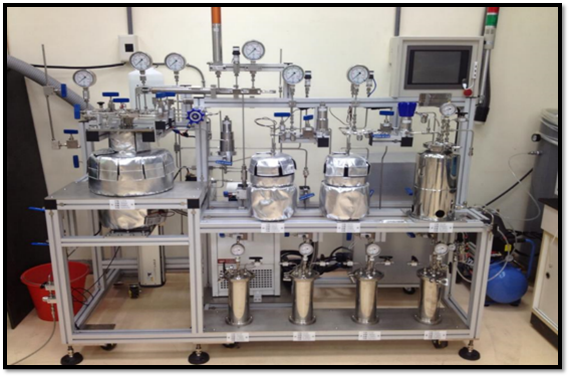 |
High Pressure and Hot Water Reactor System
Introduction: The equipment is self-designed within 4 stages which have different setting. The first tank is equipped with 300°C of maximum temperature and 800bar of maximum pressure. The maximum temperature and pressure of second tank are 250°C and 300bar. The third tank is set up with 120°C of maximum temperature and 80bar of maximum pressure. The last tank is used within 100°C of maximum temperature and 5bar of maximum pressure. |
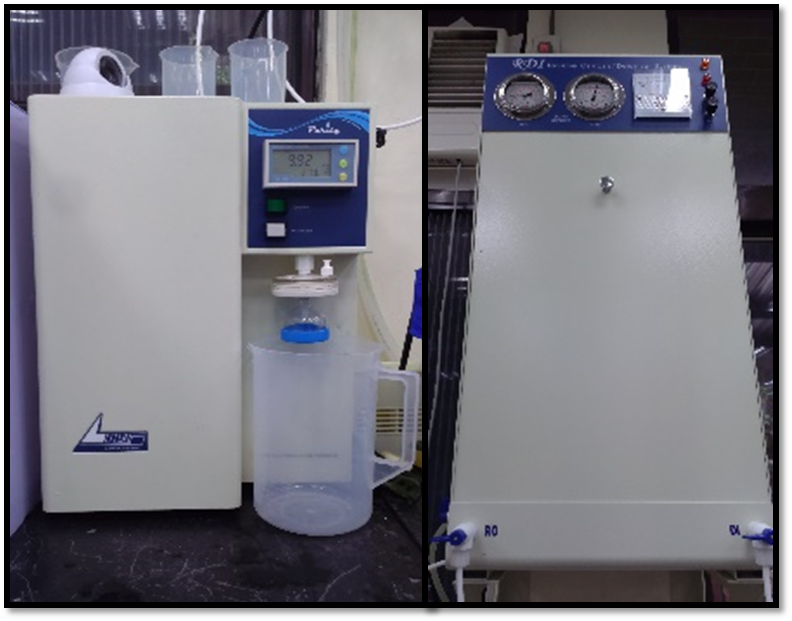 |
Ultrapure Water System
Type: Purity-SP Introduction : resistivity (25℃): 18.2 mΩ-cm |
|
|
Low-speed Cutting Machine
Introduction: The machine is equipped with a conventional 12-inch diameter of diamond cutting plate, a replaceable 10-inch diameter of diamond wheel and a polishing disc of 400-600 mesh. The thickness of cutting plate can be changed from 0.3mm to 1mm as needed, whereas the speed is about 4000 rpm/min. The rocks and minerals cutting process can be done quickly and accurately. |
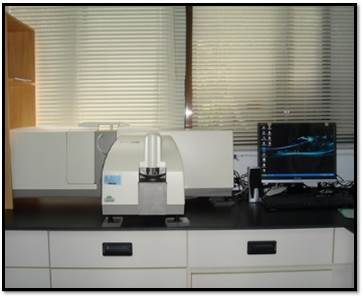 |
Laser Particle Size Analyzer
Type: Malvern (Mastersizer 2000) Introduction: The machine uses He-Ne laser and blue light laser as the light source. After the laser passes through the anti-Fourier lens and the sample particles, the particle size range of the sample can be accurately measured through multiple angle detectors. The particle grain size should range 0.08~2000 μ m, the hardness of the material should be less than 7. |
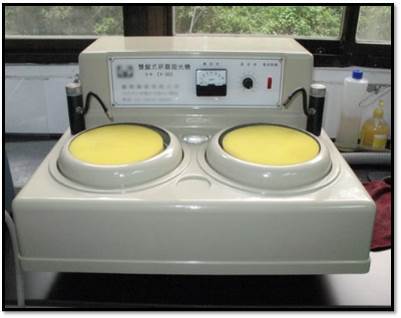 |
Grinding/Polishing Machine
Type: Ching Yang (CY-303) Introduction: The machine is used to polish the rock and mineral samples. It is equipped with two replaceable diamond discs which can rotate 0~1000rpm. The dics is covered by sandpaper (120~2000 mesh) which can be replaced as needed. |
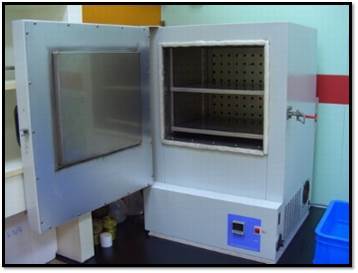 |
Forced Convection Oven
Type: Deng Ying Introduction: Hot air circulation oven with heating capacity can reach 300 °C. It is equiped with microcomputer which can automaticly control the temperature. It has ability of drying sample in a constant temperature to maintain high stability.
|
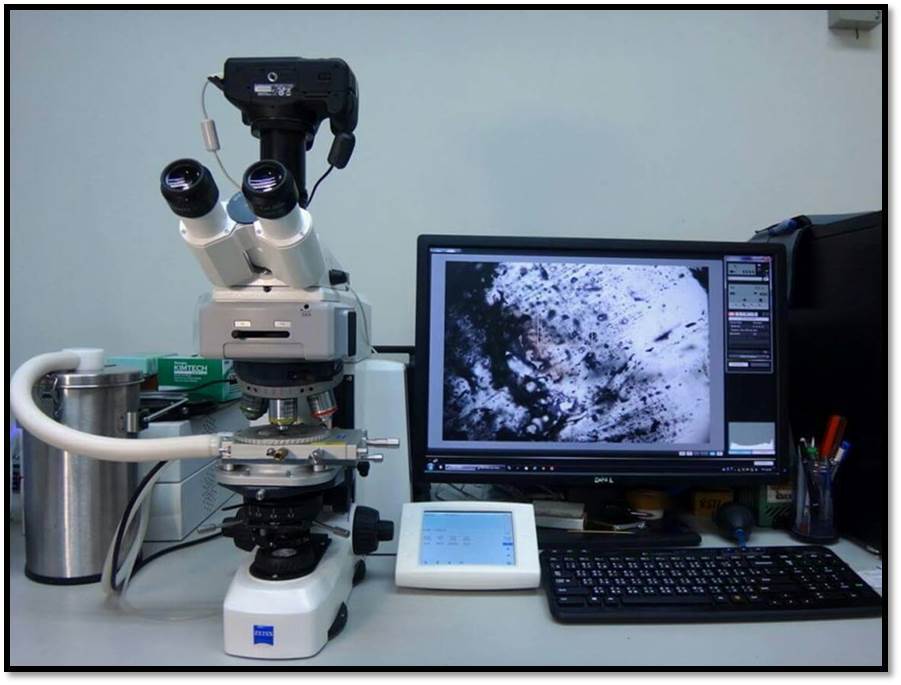 |
Heating-freezing Stage System with Microscope
Type: Linkam Examina System (THMS-600PS)Introduction:
|
 |
High Capacity Centrifuge Type : CN-2200 Introduction: It has digital speed and time display functions. Ten (10) operation condition memory settings are available, with one-touch saving, access and operation possible. Either the temperature of the chamber or the sample temperature, which depends upon the type and the speed of the rotor, can be selected for indication/setting. The highest centrifugal speed is up to 10,000 rpm and a high speed centrifuge tube is required. |
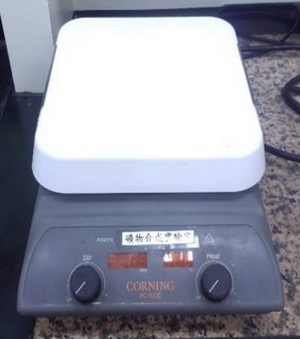 |
Digital Electromagnetic Heating Mixer. Type : PC-620D Introduction: The device employs a rotating magnetic field to cause a stir bar immersed in a liquid to spin very quickly, thus stirring it. The room temperature can reach to 550 ° C. Stirring speed: 60-1150 rpm Disk surface: glass enamel molding |
 |
Electronic Analytical Balance
Type: Precisa XS 255A Introduction: The machine is designed to measure small mass in the sub-milligram range. The measuring pan of an analytical balance is inside a transparent enclosure with doors so that dust does not collect and so any air currents in the room do not affect the balance's operation. It can eliminate the weight difference caused by horizontal error and accurately measure the weight of the experimental sample. The high precision of weight measurement range from 0.1mg to 200g. |
|
|
Polarized Light Microscope Type: Zeiss Polarizing Microscope Introduction: The polarized light microscope is designed to observe and photograph specimens that are visible primarly due to their optically anisotropic character. With up to 10x50 times magnification, high-resolution images can be used to view detailed structure of specimen. An external digital camera connect the microscope to figure out the image or video data with computer system. |
|
|
Sieve Shaker
Type: VIB-RO Introduction: Sieve shaker is used for separation and size determination of particles by passing them through a series of chambers with mesh filters and agitating the sample in order to obtain complete separation. Depending on the equipment, there are options for sieving both solid and liquid samples. |
|
|
Ultrasonic Cleaner
Type: DC200 Introduction: Ultrasonic cleaner is used to clean many different types of objects by using ultrasound to agitate the fluid. The ultrasound can be used with just water. Ultrasonic cleaning uses civitation bubbles induced by high frequency sound waves to agitate a liquid. The agitation produces high forces on contaminants adhering to substrates. This action also penetrates blind hole, and cracks. The intention is to thoroughly remove all traces of contamination tightly adhering or embedded onto solid surfaces. Water or solvents can be used, depending on the type of contamination and the work piece. Contaminants can include dust, dirt, oil, polishing compounds, fingerprints, and so on. |
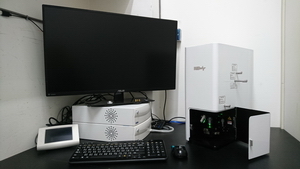 |
Raman Spectrometer Type: WEC Superabrasives, Gem Professor (GP02) Introduction: This raman system was made by WEC superabrasives. It can identify the materials for non-destructive methods in gemstone or other matters. It has very wide wavelength number and combined with a microscope system in taking photographs. Laser source: 532 nm Output power: 100 mW Wavelength number range: 100~4500 cm-1 Slit: 25um Pixel Resolution: ~1.5cm-1 per pixel S/N ratio: 1300:1 Grating: 2400 |

